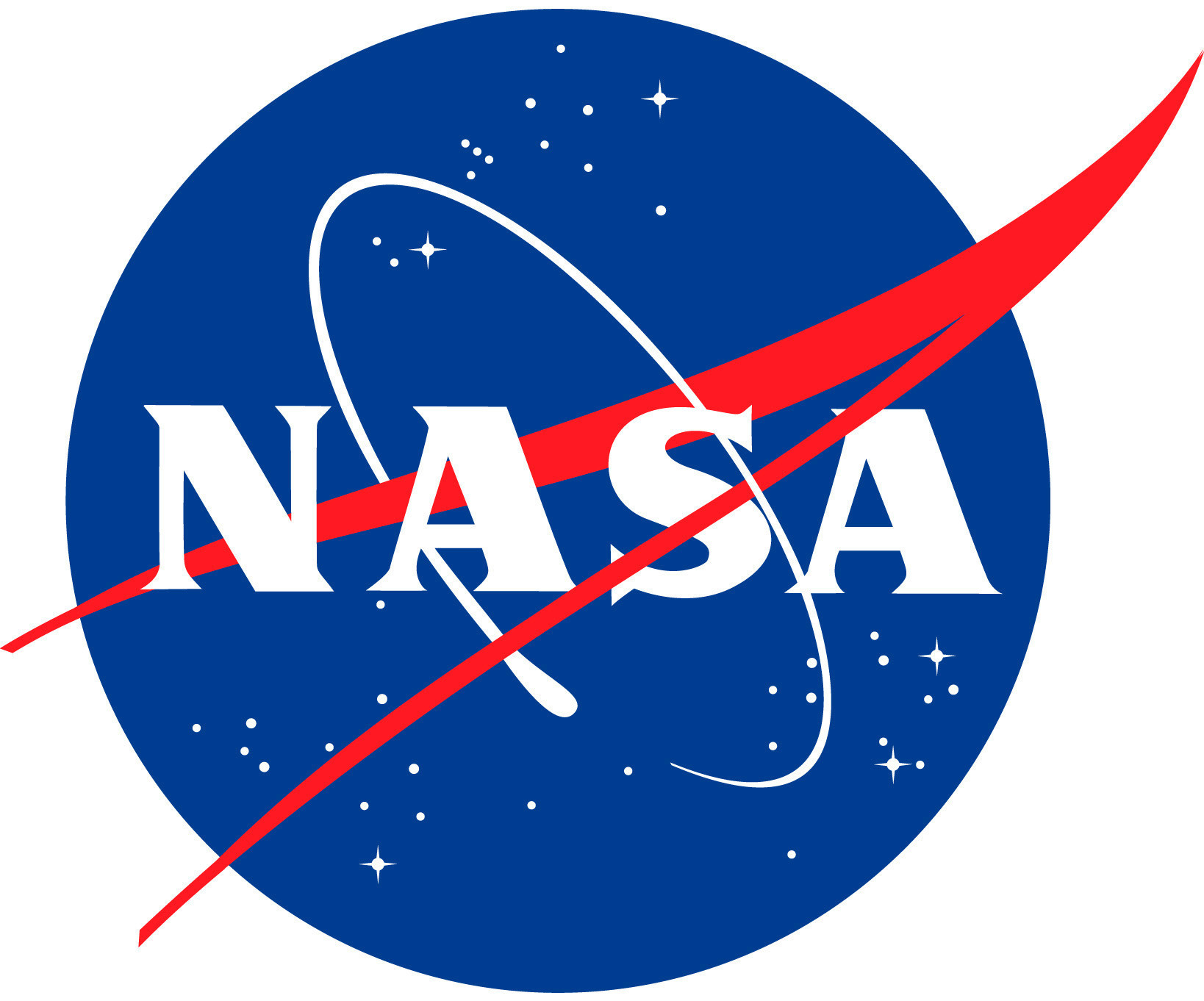NASA Sends Butterflies, Caterpillars Into Space
NASA is sending a butterfly habitat containing monarch and painted lady adults and larvae to the International Space Station.

The space-traveling insects are part of a project dubbed "Butterflies in Space." Once they arrive at the ISS, K-12 students across America will monitor the CU-Boulder butterfly experiment, studying the effects space travel has on the bugs at the ISS compared to examples reared in their own classrooms.
According to Science Daily, the butterfly payload was designed by BioServe Space Technologies in the University of Colorado at Boulder's aerospace engineering department. The habitat will contain monarch butterflies and painted lady butterfly larvae with enough nectar and other food to support them as they develop.
ScienceDaily cites BioServe Payload Mission Manager Stefanie Countryman as saying the painted lady butterfly larvae will be six days old and the monarch butterflies will be about 10 days old at launch. Transferred from Atlantis to the ISS about two days later, it will take the butterfly larvae about five days to pupate and form a cocoon, and another seven to 10 days to emerge.
Participating classrooms across the country have been provided with kits containing butterfly larvae. Students will monitor the growth rates, feeding, pupation and the emergence of the butterflies, comparing what they see in their own classroom to what they're seeing in the images from the ISS. Images of the ISS habitat will be taken every 15 minutes, downlinked daily and uploaded to the web for students to see.
Read the complete story here.
Get instant access to breaking news, the hottest reviews, great deals and helpful tips.
Jane McEntegart works in marketing communications at Intel and was previously Manager of Content Marketing at ASUS North America. Before that, she worked for more than seven years at Tom's Guide and Tom's Hardware, holding such roles as Contributing Editor and Senior News Editor and writing about everything from smartphones to tablets and games consoles.
-
bill gates is your daddy Great...now due to space radiation we are going to get back Mothra or something of the sort. Somebody wake up Godzilla.Reply -
JMcEntegart bill gates is your daddyGreat...now due to space radiation we are going to get back Mothra or something of the sort. Somebody wake up Godzilla.Reply
or the stay puft marshmallow man. -
skine No potato chips allowed aboard, just in case.Reply
http://www.youtube.com/watch?v=qnPGDWD_oLE -
Niva They don't do well in zero G. Many plants can't survive in space either though putting plants in a centrifuge helps. Can you imagine if you're a plant and you don't know which way your roots are supposed to grow due to the absence of gravity, that would suxor!Reply -
renz496 did they send of the butterfly off to outer space in hope the butterfly will exposed with some radiation and then mutating into something else?Reply -
dark_lord69 I get what they are doing but, WHY!?Reply
Is there a real purpose for this?
Nice to know how the government is waisting our money... -
dark_lord69I get what they are doing but, WHY!?Is there a real purpose for this?Nice to know how the government is wasting our money...Reply
hey any federal employee will tell you that there are a lot better ways to waste money. just this past week our shop bought a part for a 30 year old radio for 3500 bucks when a brand new radio costs 1800 bucks. welcome to the world of WTF!!!!
